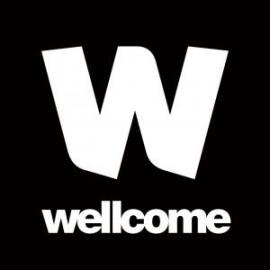- View more resources from this publisher
 Wellcome Trust
Wellcome Trust
What Is Gene Therapy?
Produced by Nowgen, with support from the Wellcome Trust, in these videos Dr. Mat Hickman and Dr. Simon Waddington describe gene therapy and some of the recent developments in the technique.
What is gene therapy?
In his first video, Dr Mat Hickman talks about the basics of gene therapy. This includes:
* how some disorders are inherited
* how gene therapy replaces faulty genes with functioning ones
* the use of viruses and liposomes as ways of getting replacement genes to cells
* how liposomes may be used to get DNA into the lungs of cystic fibrosis sufferers.
Details of gene therapy In his second video, Dr. Hickman describes gene therapy in more detail. This includes:
* applications of gene therapy
* how cystic fibrosis (CF) is caused by a fauilty gene which produces a faulty protein
* how gene therapy could be used to treat cystic fibrosis
* the problems and challenges associated with gene therapy for CF
* the use of liposomes as vectors for the delivery of genes (as DNA plasmids) during gene therapy
* gene therapy in the treatment of severe immune deficiency syndrome
* future uses of gene therapy as a treatment for CF.
Dr Waddington on gene therapy
Dr Simon Waddington leads the Gene Transfer Technology Group in University College, London. He talks in detail about his work and gene therapy. Topics covered include:
* gene therapy for single gene disorder that affect babies and children
* the main successes of gene therapy
* problems in developing successful gene therapies and how they are being tackled
* disorders that may be treated by gene therapy in the future
* concerns and misunderstandings about gene therapy.
This resource is part of the Post 16 genetics and genomics collection of resources.
Show health and safety information
Please be aware that resources have been published on the website in the form that they were originally supplied. This means that procedures reflect general practice and standards applicable at the time resources were produced and cannot be assumed to be acceptable today. Website users are fully responsible for ensuring that any activity, including practical work, which they carry out is in accordance with current regulations related to health and safety and that an appropriate risk assessment has been carried out.





